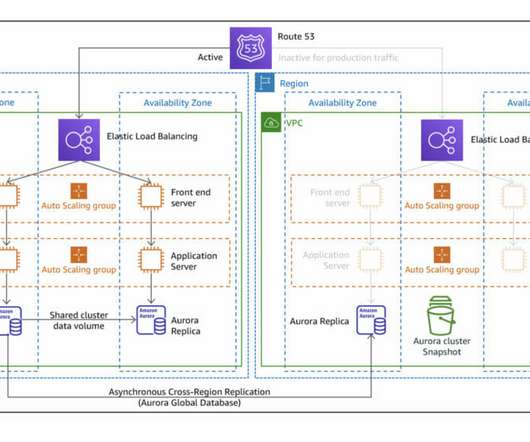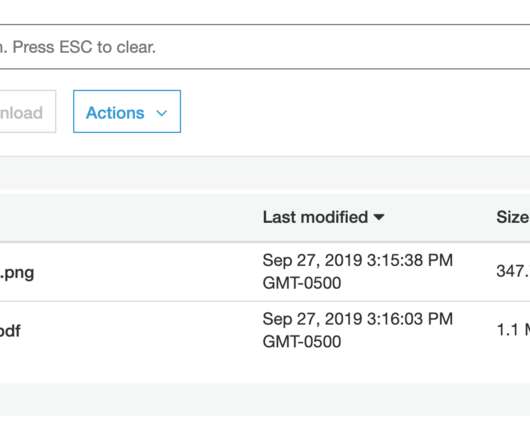AWS Disaster Recovery Strategies – PoC with Terraform
Xebia
DECEMBER 21, 2022
The project will generate a subset of the following diagram ( source: AWS Disaster Recovery Workloads ). For simplicity and cost-efficiency on a PoC, backend instances and the storage layer have been omitted. Backup service repository. RPO is the acceptable time frame from the last data recovery point.















Let's personalize your content